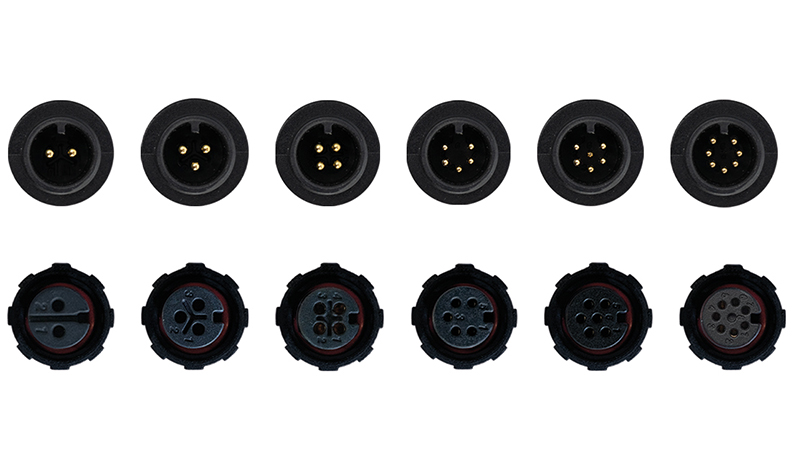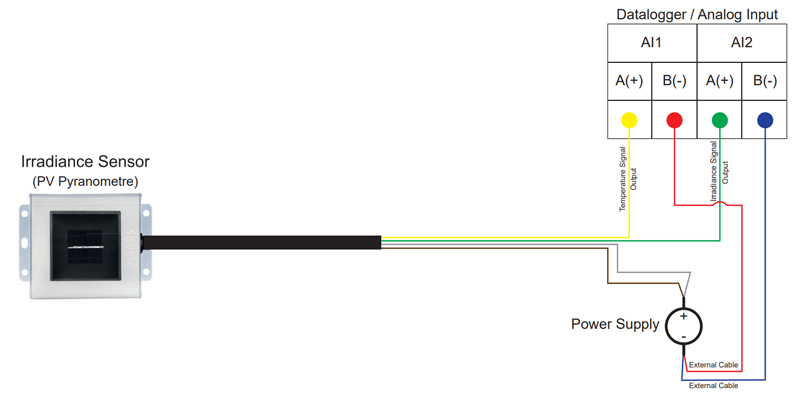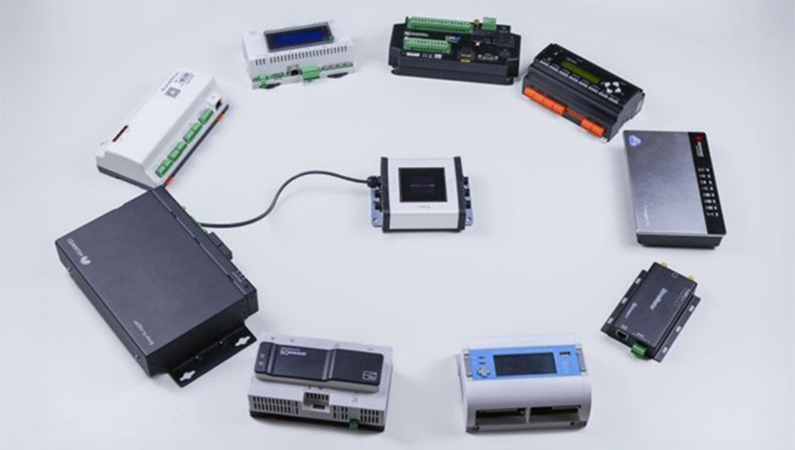When setting up a PV system, one common question comes up:
“Why can’t we just connect sensors directly to the inverter? Why do we need a datalogger?”
It’s a valid question — and one we hear often. The answer lies in how each part of the system is built to function.
Inverters and sensors are made for different jobs. Sensors use protocols like Modbus RTU or 4–20 mA to send data, but inverters are all about energy conversion. They’re not designed to understand or process raw environmental data — and they don’t have the capacity to handle multiple sensor inputs.
That’s where dataloggers come in. They act as a translator and a central hub — collecting, processing, and organizing sensor data so it’s easy to access and act on. They pull in data from all your sensors and present it in one interface, making monitoring and analysis much easier — especially in larger or multi-site systems. Plus, dataloggers make it simple to scale your system by adding new sensors or integrations without the headache.
In short, a datalogger turns sensor data into useful insights — and that’s exactly what you need to monitor and optimize your PV system effectively.
Let’s Talk Connections: How SEVEN Sensors Make It Easy
Now that we’ve covered the why, let’s dive into the how.
At SEVEN, we’ve built our sensors with versatility and ease of installation in mind. Whether you’re working with a SCADA system, industrial datalogger, or a custom monitoring setup, we’ve got you covered.
Plug & Run Simplicity
SEVEN’s external sensors — including temperature, wind, and humidity models — are built on a Plug & Run principle to make installation effortless. Each sensor comes with a female connector that pairs directly with its designated male port. Thanks to unique pin configurations, making incorrect wiring is impossible.

Sensor Output Options: Choose What Works for You
SEVEN sensors are available with both Modbus RTU and analog outputs, offering maximum flexibility for integration with dataloggers and SCADA systems. All models come with UV- and weather-resistant cables specifically selected for reliable outdoor performance.
The Modbus RTU version comes with a 6-wire cable — three wires for power supply and three for data communication. It uses an RS485 interface to transmit measurements using the Modbus RTU protocol. This setup provides reliable, interference-resistant communication, even over long distances of up to 1200 meters.

For analog applications, SEVEN offers two variations. The 0–1.5V analog model includes a 6-wire cable: four wires are dedicated to transmitting analog signals, while two are reserved for power supply.

The 4–20 mA analog version, on the other hand, uses a 4-wire cable — two for data transmission and two for power.

Once installed, your sensor gets right to work — taking measurements autonomously, without any need for user input.
We’re Here to Support You
We know installing and configuring sensors can feel like a technical jungle. That’s why SEVEN offers user manuals, setting instructions, and step-by-step video tutorials to make the process smooth and hassle-free. And we’re constantly adding to this library. Also our Technical team is ready to assist you whenever you need.
Pro Tip: Cover Unused Ports!
It might seem like a small detail, but it’s an important one — always cover any unused ports on your sensors. These systems are installed outdoors, where they’re constantly exposed to harsh elements like rain, dust, UV rays, and extreme temperatures.
Leaving a port open can allow moisture or debris to get inside, potentially causing corrosion, short circuits, or other long-term damage that could impact sensor performance and reliability.
SEVEN sensor offers protective caps for unused connectors. Be sure to let us know when you nee them. Otherwise, there is a possibility that the water may enter through the open connectors.

SEVEN sensors are made for today’s PV systems: smart, simple to install, and built to grow with your needs. From smart cable design to smooth datalogger integration, everything is made to keep your setup simple and reliable.
Got a project in mind or a few questions? Reach out — we’re happy to help.
